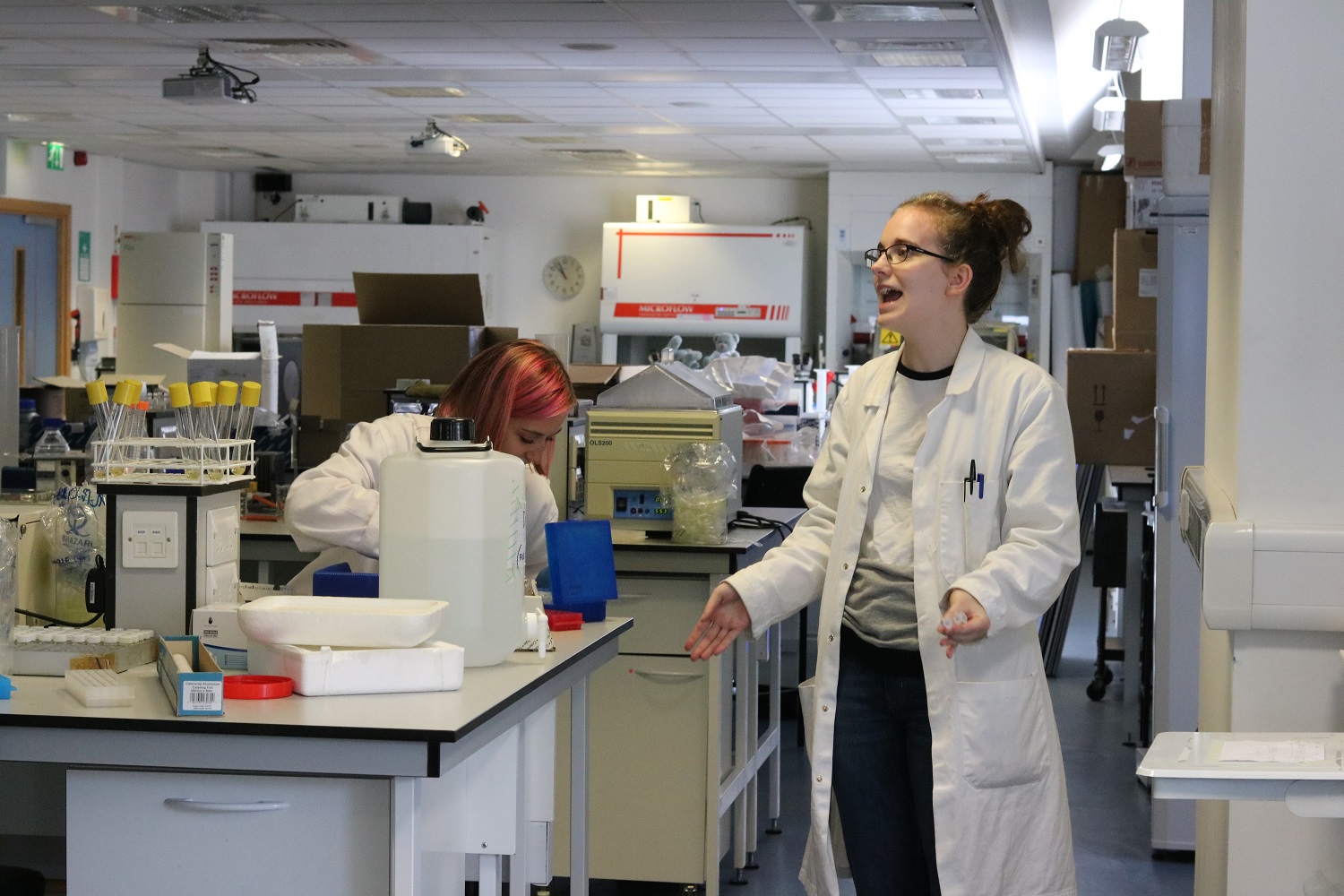Contents
Overview
Quorum sensing is used by many types of bacteria including Escherichia Coli (E. coli) and Campylobacter. The system naturally used by E. coli which involves the LsrR protein binding to and repressing the LsrA promoter (PlsrA) was utilised in this subproject. I constructed a plasmid with E. coli (PlsrA) followed by green fluorescent protein (GFP). This promoter should be turned off in the presence of the chromosomal encoded LsrR protein. When Autoinducer-2 (AI-2) is present, it binds to the LsrR protein and stops it from repressing PlsrA, allowing PlsrA to start transcription of GFP. I expected the results to show an increase in fluorescence when the plasmid with the PlsrA was in cells which make AI-2, such as DS941 E. coli, when compared to the same construct in cells that don’t make AI-2, such as DH5α E. coli. The results did not show an increase in fluorescence when comparing cells not exposed to AI-2 to cells exposed to AI-2.
Aims
- Aim 1
- Sub-aim 1
- Sub-aim 2
- Aim 2
- Sub-aim 1
- Sub-aim 2
Materials and Methods
Condition set up
Sample preparation
- 1
- 2
- 3
Results and Discussion
Outlook
References



